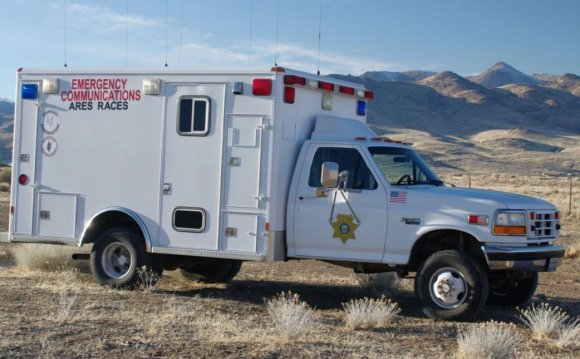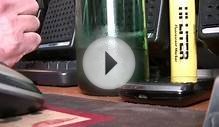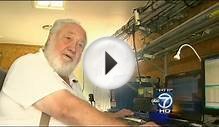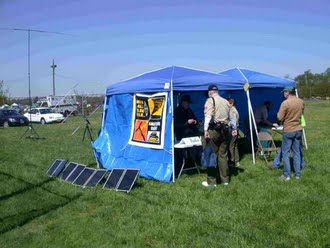
You hope it never happens, but what if worse comes to worst? All emergencies are different, of course, so a step-by-step procedure is not going to be very useful. Here are some solid principles to follow instead, based on the Amateur Radio Emergency Service (ARES) Field Resources Manual.
When disaster strikes, do the following:
1. Check that you, your family, and your property are safe and secure before you respond as an emergency communicator (emcomm) volunteer.
2. Monitor your primary emergency frequencies.
3. Follow the instructions you receive from the net control or other emergency official on the frequency.
Check in if and when check-ins are requested.
4. Contact your local emergency communications leader or designee for further instructions.
Keep your head on straight and follow your training so that you can help rather than hinder in an emergency situation.
Reporting an accident or other incident
Reporting an accident is more common than you may think. Anybody who spends time driving can attest to the frequency of accidents. You can use ham radio to report accidents, stalled cars, and fires. Don't assume that people with cellphones are doing it. Know how to report an incident quickly and clearly.
When you have an emergency situation to report, follow these steps if your radio has an autopatch:
1. Turn up your radio's power to the limit and clearly say, "Break" or "Break Emergency" at the first opportunity.
If one station is weak, a stronger signal can get the attention of listening stations. Don't shy away from interrupting an ongoing conversation.
2. After you have control of the repeater or the frequency is clear, state that you have an emergency to report.
3. State clearly that you are making an emergency autopatch (a feature that allows you to make a telephone call from your repeater) and then activate the autopatch system.
If you cannot activate the repeater's autopatch, you may ask another repeater user to activate it for you. Or, on HF or VHF, you can ask for someone to make an emergency relay to 911. In this case, report all the necessary material and then stand by on frequency until the relaying station reports to you that the information is relayed and the call is complete.
4. Dial 911 and when the operator responds, state your name and that you are reporting an emergency via amateur radio.
5. Follow the directions of the operator from there.
If the operator asks you to stay on the line, do so and ask the other repeater users to please stand by.
6. When the operator finishes, release the autopatch and announce that you released the autopatch.
Whether you use a repeater's autopatch feature or relay the report by another repeater user, you need to be able to generate clear, concise information. To report an automobile accident, for example, you should know:
- The highway number or street
- The address or approximate mile marker of the highway
- The direction or lanes the accident occurred
- Whether the accident is blocking traffic
- If the vehicles are on fire, are smoking, or have spilled fuel
Similarly for fires and other hazards, the dispatcher wants to know where it is and how serious it appears. Don't guess if you don't know for sure! Report what you know, but don't embellish the facts.
Making and responding to distress calls
Before an emergency occurs, be sure you know how to make a distress call on a frequency where hams are likely to be listening, such as a marine service net or a wide-coverage repeater frequency. Store at least one of these frequencies in your radio's memories, if possible. Anyone, licensed or not, can use your radio equipment in an emergency to call for help on any frequency. You won't have time to be looking at net directories in an emergency. Do the following things when you make a distress call.
- If you need immediate emergency assistance, the appropriate voice signal is MAYDAY and the appropriate Morse code signal is SOS (yes, just like in the movies).
- Maydays sound something like: "MAYDAY, MAYDAY, MAYDAY, this is [your call sign]" followed by:
• Your location (latitude/longitude) or address of the emergency
• The nature of the emergency
• What type of assistance you need — such as medical or transportation aid
- Repeat your distress signal and your call sign for several minutes or until you get an answer. Even if you don't hear an answer, others may hear you.
- Try different frequencies if you do not get an answer. If you do decide to change frequencies, announce to what frequency you are moving so that anyone hearing you can follow.
INTERESTING VIDEO




 In times of crisis and natural disasters, amateur radio is often used as a means of emergency communication when wireline, cell phones and other conventional means of communications fail.
In times of crisis and natural disasters, amateur radio is often used as a means of emergency communication when wireline, cell phones and other conventional means of communications fail.







